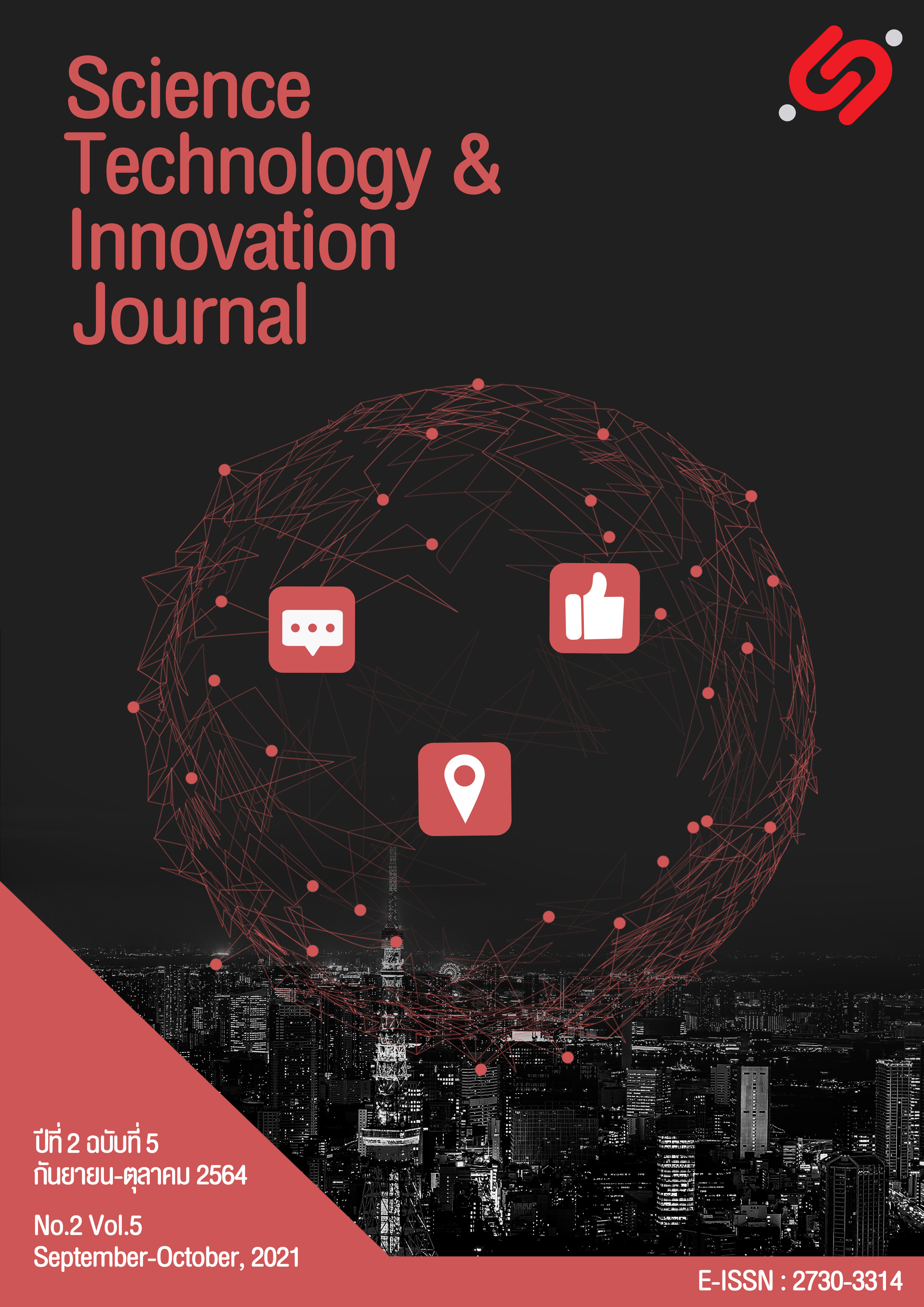Innovative Automatic Clothes Dryer with Sensor Technology
Keywords:
Temperature and humidity control system, Heating coil, Temperature sensor, Humidity sensorAbstract
The organizing committee has created a Clothes dryer in the residence the purpose is to fix the problem of clothes not drying due to rain. The inappropriate place for drying clothes and to reduce the drying time The proposed system has the following important equipment: Arduino Uno R3 miniature control system, heating coil, temperature sensor, humidity sensor the clothes dryer has the following working principle. Only the clothes that have been spun are to be hung in the tumble dryer. Close the tumble dryer and turn it on to start using it. heating coil and the temperature and humidity sensor will start working immediately. When the temperature inside the tumble dryer is higher than 60°C, the system will cut off the heating coil circuit to reduce the temperature inside the cabinet. When the temperature inside the cabinet drops to 50 degrees Celsius the heating coil will work again. At the same time, when the humidity sensor inside the tumble dryer measures the humidity below 40 percent, the system will stop the heating coil immediately as the laundry is completely dry. Tests show that it takes 53 to 85 minutes to finish drying. And there is an electric charge of 3.08 to 5.08 baht per dryer. As a result, the dryer can save costs. Solve problems and knowing the length of time to finish drying clothes makes drying clothes no longer a problem.
References
สิทธิพล ศรีวิเศษ, คมสันต์ ตีไชยทอง, จิระพงษ์ มาลีลับ, สุพรรณ ยั่งยืน: การประชุมชุมวิชาการเครือข่ายวิศวกรรม เครื่องกลแห่งประเทศไทย. ตู้อบผ้า. [อินเตอร์เน็ต]. 2562 [เข้าถึงวันที่ 2563 ตุลาคม15];62(33): [หน้า1-9]. เข้าถึงได้จาก: http://www.tsme.org/me-nett/me-nett2019/fullpaper/ETM/ETM012.pdf.
บัณฑิต กฤตาคม, ปฎิวัติ วรามิตร, นันทวัฒน์ วีรยุทธ, อำไพศักดิ์ ทีบุญมา, โสภณ สินสร้าง, แบบจำลองการอบแห้งที่เหมาะสมสำหรับการอบแห้งบอระเพ็ดด้วยลมร้อน. วารสารวชาการวิศวกรรมศาสตร์ ม.อบ. [อินเตอร์เน็ต] 2554. [เข้าถึงวันที่ 2563 ตุลาคม 15] ;54(1) (หน้า60-68). เข้าถึงได้จาก: http://web.eng.ubu.ac.th/2556/1.Paper%20No.1.pdf.
วรินธร พูลศรี, ภูรินทร์ อัครกุลธร, กรรณพต แก้วสอน, 2560. การศึกษาวิธีการอบแห้งในการทำชากุหลาบ. วารสารวิจัย มหาวิทยาลัยเทคโนโลยีราชมงคลธัญบุรี. [อินเตอร์เน็ต] 2560. [เข้าถึงวันที่ 2563 ตุลาคม 16]; 60(16) (หน้า1-9). เข้าถึงได้จาก: http://www.crdc.kmutt.ac.th/Data%202018/CRDC11/data/425-428.pdf.
ธีรพงศ์ บริรักษ์, พงษ์สวัสดิ์ คชภูมิ, วรลักษณ์ เสถียรรังสฤษฎิ์, และณรงค์ ภู่อยู่, 2564: ตู้อบแห้งพลังงานแสงอาทิตย์แบบผสมผสาน วารสารวิชาการมหาวิทยาลัยอีสเทิร์นเอเชีย ฉบับวิทยาศาสตร์และเทคโนโลยี กองพัฒนาทรัพยากรบุคคลด้านพลังงาน กรมพัฒนาพลังงานทดแทนและอนุรักษ์พลังงาน 2561. [เข้าถึงวันที่ 2564 ตุลาคม 11]; (หน้า186). เข้าถึงได้จาก: https://he01.tci-thaijo.org/index.php/EAUHJSci/article/download/247285/168474/
ชินวัจน์ งามวรรณากร, สุทัศน์ รุ่งระวิวรรณ, อมรเทพ มณีเนียม: การพัฒนาระบบควบคุมอุปกรณ์ภายในโรงงานขนาดย่อม ด้วยเทคโนโลยีไร้สายผ่านแอปพลิเคชันบนอุปกรณ์เคลื่อนที่ ภายใต้แนวคิดอินเทอร์เน็ตสำหรับทุกสรรพสิ่ง IOT. [อินเตอร์เน็ต]. 2561 [เข้าถึงวันที่2563 ตุลาคม 17]; 61(33):[หน้า1-36]. เข้าถึงได้จาก:https://wb.yru.ac.th/bitstream/yru/995/1/3.pdf.
Downloads
Published
How to Cite
Issue
Section
License
1. Every article published must be considered academic quality from 3 peers review experts per article.
2. The text or comments in this issue of science, technology and innovation journals belong to the author of the article. The journal organizers do not need to agree.
3. The editorial department of Science, Technology and Innovation Journal does not claim copy rights but provides references.


